Toronto Delta Plane Crash: Why the Aircraft Flipped Upside Down on Landing
Delta Flight 4819 Crash-Lands in Toronto Amid Snowstorm; All 80 On Board Survive
A Delta Airlines plane crash-landed at Toronto Pearson International Airport on Monday, but all 80 people on board survived. The accident, which left 18 passengers injured, occurred during strong winds and a heavy snowstorm, causing the aircraft to flip upside down upon landing.
What Happened?
Delta flight 4819, traveling from Minneapolis-Saint Paul International Airport in Minnesota, attempted to land in Toronto at approximately 3:30 PM local time (20:30 GMT). The aircraft, a Bombardier CRJ900, caught fire upon impact, prompting emergency crews to intervene. Despite the flames, the plane’s fuselage remained largely intact.
Footage shared on social media showed passengers evacuating the overturned aircraft and making their way across the snow-covered tarmac, bracing against the strong winds.
javascript:nicTemp();
Why Did the Plane Flip Over?
Aviation experts suggest that while it is rare for an aircraft to flip upside down upon landing, extreme weather conditions could have been a key factor. Scott Hamilton, an aviation expert, told Newsweek that heavy snow and strong winds may have played a role in the accident. Other potential contributing factors include the speed of approach, braking system performance, and thruster effectiveness.
John Cox, a former pilot and CEO of Safety Operating Systems, noted that while there have been instances of aircraft flipping during takeoff, such cases remain uncommon. He emphasized that the CRJ900 is designed to handle adverse weather conditions but raised concerns over why the plane’s right wing was missing after the crash.
Authorities have not yet confirmed the exact cause of the incident. At the time of the crash, Toronto was experiencing winter storms, with wind gusts reaching up to 65 km/h (40 mph) and about 22 cm (8.7 inches) of snow covering the airport. Air traffic control audio recordings revealed that the pilots had been warned of possible turbulence upon approach.
Who Was on Board?
The aircraft carried 76 passengers and four crew members. Emergency responders transported 18 injured individuals to local hospitals.
Ontario-based air ambulance service Ornge reported that three passengers—a child, a man in his 60s, and a woman in her 40s—were critically injured. The child was taken to SickKids Hospital in Toronto, while the two adults were admitted to other hospitals in the city.
Investigation and Airport Operations
The Transportation Safety Board of Canada has launched an investigation into the crash. While flights have resumed at Toronto Pearson International Airport, two runways remain closed, leading to potential delays.
During a press conference on Monday, Toronto Pearson Fire Chief Todd Aitken stated that the cause of the crash remains under investigation, and it would be premature to comment further.
https://x.com/TorontoPearson/status/1891125404473401637
Official Statements
Canadian authorities have held multiple press briefings but have not yet provided definitive details on the cause of the crash.
Deborah Flint, CEO of the Greater Toronto Airports Authority, confirmed that most passengers sustained minor injuries.
"Seventeen injured passengers were taken to hospitals, and at this time, we are not aware of any critical injuries," Flint said. "No airport CEO wants to give press conferences about such incidents, but this is precisely what our emergency teams train for. The successful response was due to their heroic efforts, and I sincerely thank them."
However, Ornge Air Ambulance’s statement about three critically injured passengers contradicted Flint’s remarks, leaving some uncertainty regarding the severity of the injuries.
Conclusion
While the survival of all 80 people on board is a relief, many questions remain about the circumstances leading to the crash. The ongoing investigation will seek to determine the exact factors that caused the aircraft to overturn and catch fire upon landing.


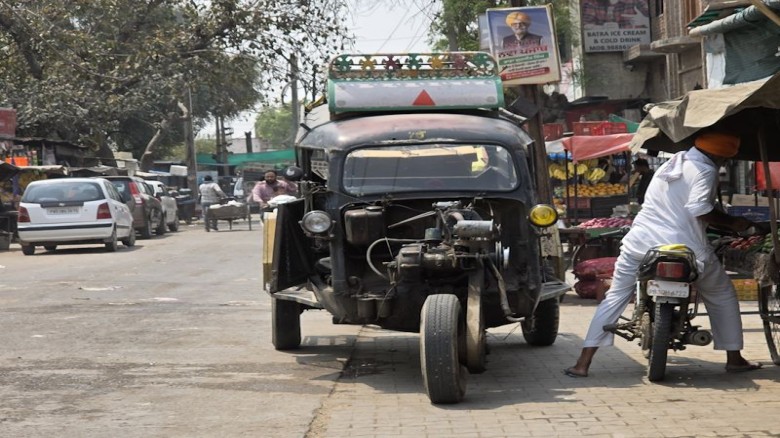


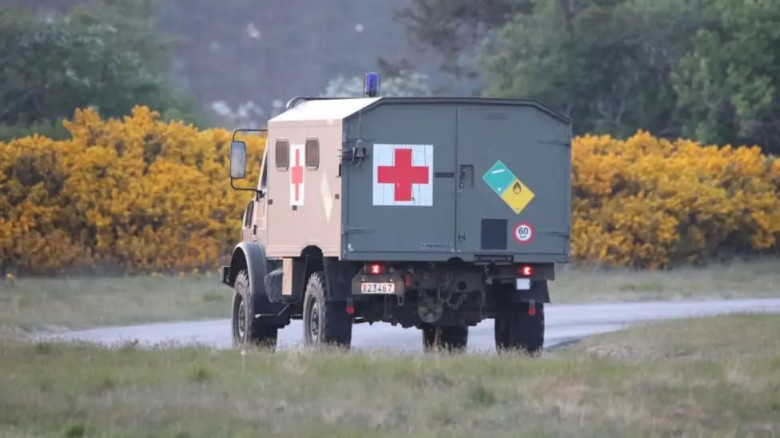


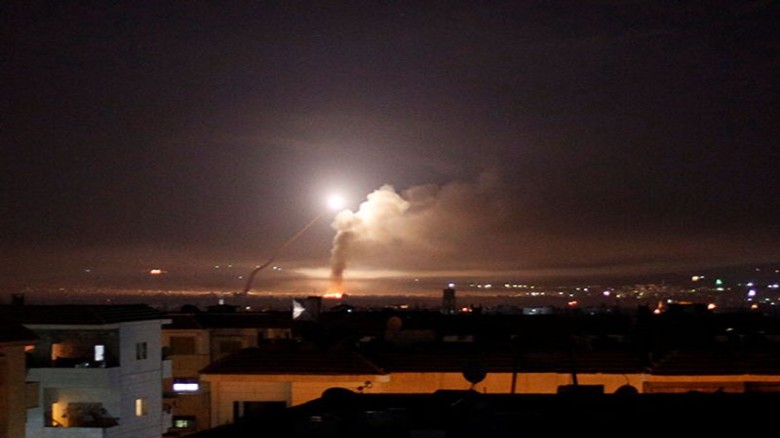





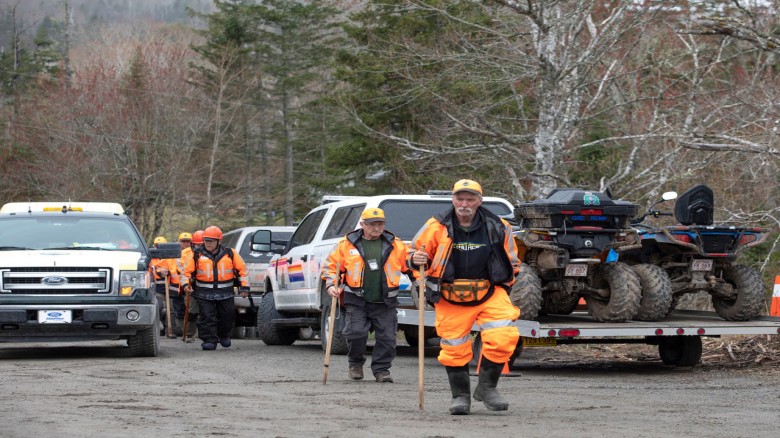
























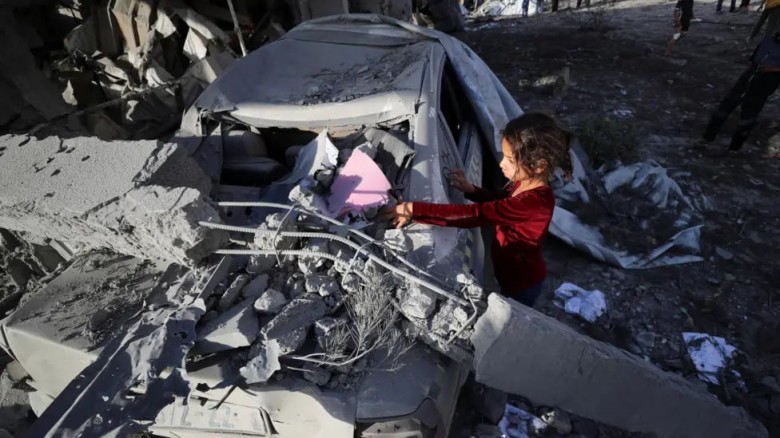




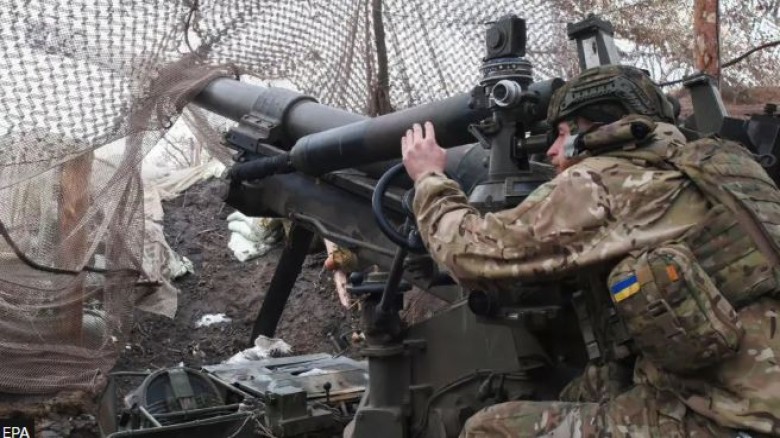


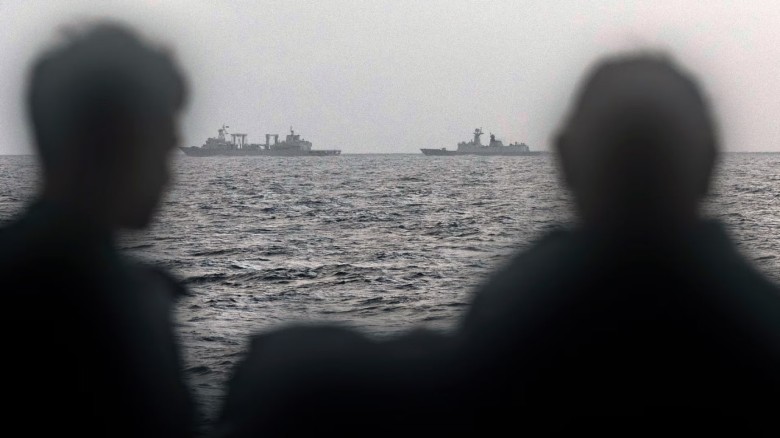
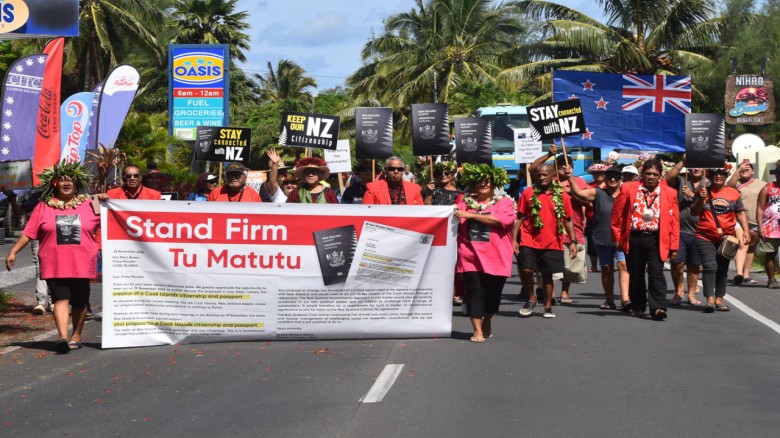





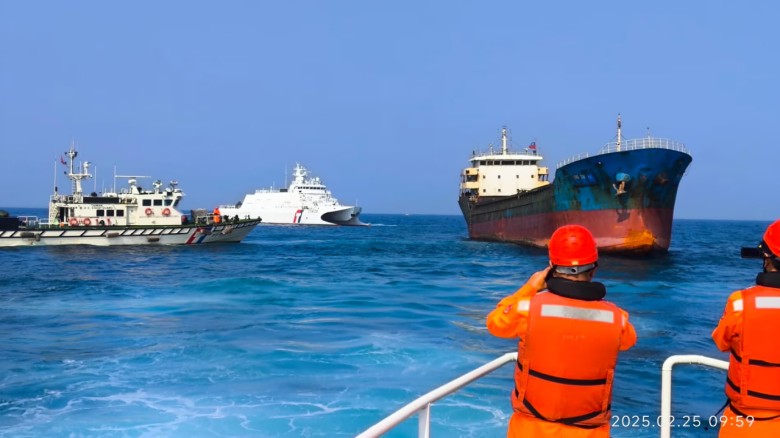
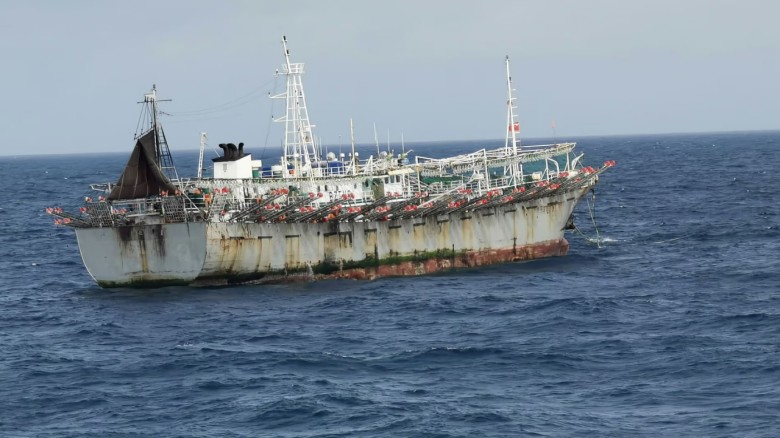
















Leave A Comment